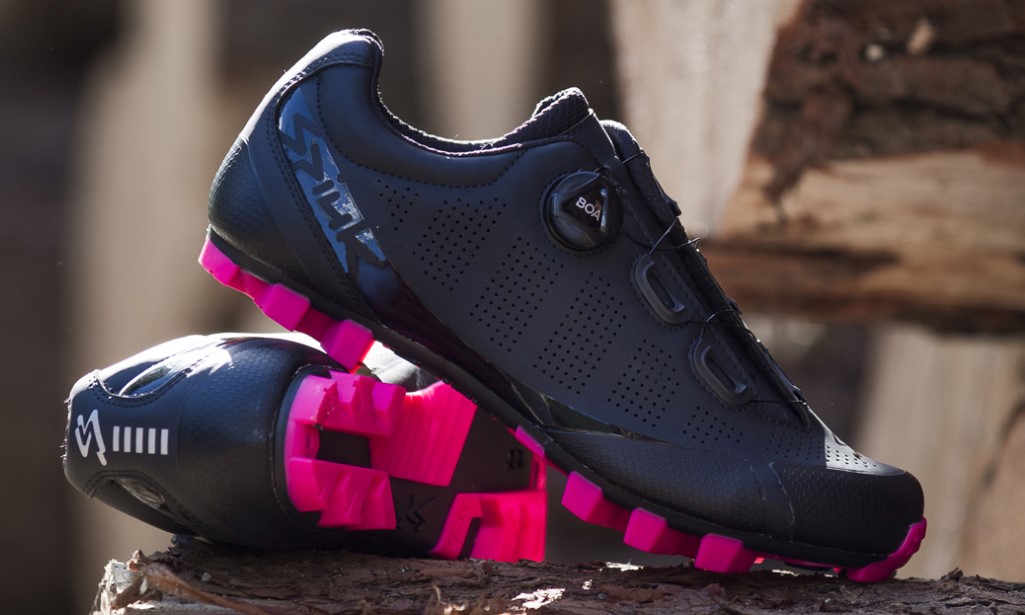
Mountain biking is an exciting and challenging sport that requires specialized gear to ensure your safety and performance. One of the most important pieces of gear for mountain biking is your shoes. Your shoes provide the necessary grip, stability, and protection for your feet while on the trails. When it comes to choosing the right MTB shoes, one of the most crucial factors to consider is the sole. In this article, we will explore the different types of soles available for MTB shoes and help you choose the right one for your needs.
Types of Soles
There are several types of soles available for MTB shoes, each designed for different types of riding and terrain. The most common types of soles are:
a. Rubber Soles
Rubber soles are the most common type of sole found in MTB shoes. These soles are durable, provide excellent grip, and are versatile, making them suitable for a wide range of terrains. Rubber soles are also easy to repair, and you can fix them yourself if they get damaged.
There are two types of rubber soles: sticky rubber and hard rubber. Sticky rubber provides the best grip but is less durable than hard rubber. Hard rubber, on the other hand, is more durable but provides less grip.
b. Carbon Fibre Soles
Carbon fibre soles are the most rigid and lightweight sole material available for MTB shoes. These soles provide excellent power transfer, making them ideal for racing and aggressive riding. Carbon fibre soles are also durable, but they tend to be more expensive than other types of soles.
c. Nylon Soles
Nylon soles are a popular choice for beginner and intermediate riders. These soles are lightweight, affordable, and provide a good balance between stiffness and comfort. Nylon soles are also durable and provide excellent grip on most terrains.
d. Vibram Soles
Vibram soles are known for their durability and grip. These soles are made of a unique rubber compound that provides excellent traction on wet and slippery surfaces. Vibram soles are also lightweight, making them ideal for long rides.
Factors to Consider When Choosing the Right Sole
When choosing the right sole for your MTB shoes, there are several factors to consider. These include:
a. Riding Style
The type of riding you do will determine the type of sole you need. If you are a beginner or intermediate rider, a nylon sole or rubber sole may be the best choice for you. These soles provide a good balance of comfort, stiffness, and grip. If you are an advanced rider or racer, a carbon fibre sole may be the best choice for you. These soles provide maximum power transfer and stiffness, making them ideal for aggressive riding.
b. Terrain
The terrain you ride on will also determine the type of sole you need. If you ride on rocky and technical terrain, a rubber sole or Vibram sole may be the best choice for you. These soles provide excellent grip and durability on rough surfaces. If you ride on smoother terrain, a nylon sole may be the best choice for you. These soles provide a good balance of stiffness and comfort on less technical terrain.
c. Fit
The sole of your MTB shoes should fit your feet properly. A properly fitting sole will provide maximum support and comfort while riding. Make sure you choose a sole that matches the shape of your feet and provides the necessary arch support. It is also essential to choose a sole that is the right size for your feet.
d. Price
The price of MTB shoes can vary significantly depending on the type of sole and features. Carbon fibre soles tend to be the most expensive, while nylon soles are the most affordable. It is essential to choose a sole that fits your budget but also meets your needs.
Maintenance
Maintaining the sole of your MTB shoes is essential to ensure they last longer and provide the necessary grip and support while riding. Here are some tips for maintaining your MTB shoe soles:
a. Clean your shoes regularly to remove any dirt or debris that may be stuck on the soles.
b. Store your shoes in a dry and cool place to prevent the soles from deteriorating.
c. Replace worn-out soles promptly to ensure maximum grip and support while riding.
d. Use a shoe repair glue or epoxy to fix any holes or cracks in the soles.
e. Avoid exposing your shoes to extreme heat or cold, as this can damage the soles.
Conclusion
Choosing the right sole for your MTB shoes is essential to ensure your safety and performance while riding. Consider your riding style, terrain, fit, and budget when choosing the right sole for your needs. With proper care and maintenance, your MTB shoes will provide you with a comfortable and safe riding experience for years to come.

